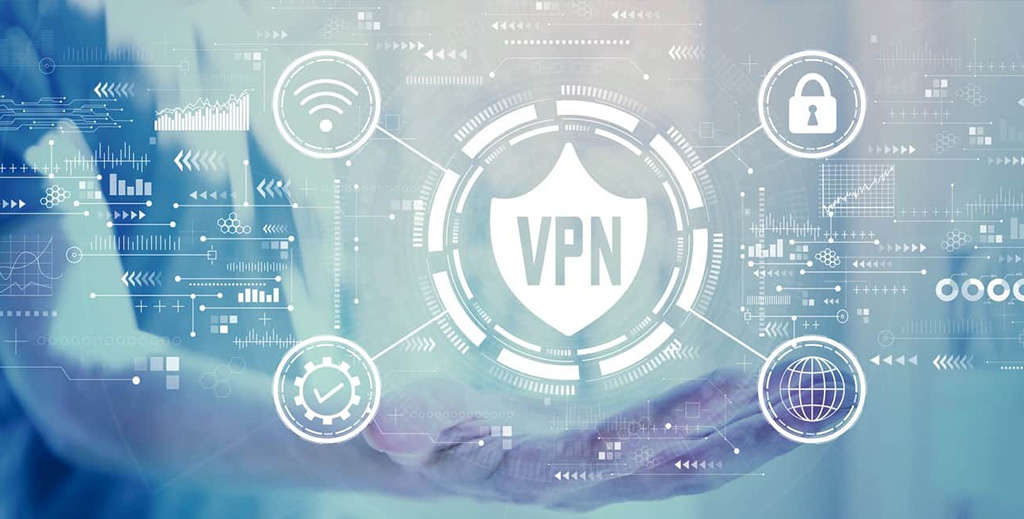
Virtual private networks enable you to gain remote access to an on-premises network. It connects private networks to a wide area network. Three connections are normally established by a VPN by giving users internal IP addresses.
On the other hand, VPNs enable you to extend visibility. Traffic is routed via the endpoint security VPN as you can log, monitor and filter traffic. You may also authorize and authenticate traffic before granting users access to network systems. On the other hand, if the expanded visibility features are exploited, threat actors may gain access to your network.
Endpoint protection cybersecurity is needed on all counts. At the same time, you need to secure your VPN from known and unknown vulnerabilities. To secure VPN you need to implement EDR practices and minimize end-point authentication along network architecture risks. To enhance protection, you may use extended detection and response solutions.
The definition of a VPN
A VPN is a private network where the scope expands beyond the hardware installed on-site.. It is created from a combination of network tunnelling and software control rather than dedicated connection lines.
Endpoint security VPN allows users to remotely access on-premises networks. These connections are known to assign the users an internal IP address where they will be able to access any assets they would be physically connected. An organization will be able to use a VPN to connect a couple of remote private networks to multiple networks.
How does VPN affect endpoint security?
Using endpoint protection cybersecurity enables VPN to far-flung users along with cloud connections. The routing of traffic is undertaken by the VPN before it is accessed by the network. This allows you to monitor, log and filter traffic with the same reliability as an internet connection.
These capabilities are really important for maintaining the visibility of your various endpoints. Since more remote connections are made and cloud resources are used the network parameter scales shoot up.
Once you are using VPN you are able to perform authentication and authorization before a user connects to your assets. This enables the need to rely on the security of the user’s network connection to verify identity. It is also known to incorporate a layer of security that is on the user’s device or network. This may reduce the possibility where the devices being stolen from the legitimate users that can be used to access the VPN.
VPN vulnerabilities
Despite the fact that VPNs can provide excellent security and visibility into remote connections, these products still have some weaknesses. Still, there are major loopholes that attackers can use to access sensitive data and systems.
These loopholes can be used at an extensive level in large-scale enterprises. An example is that of Airbus a big name in the aerospace industry was recently the victim of attacks focused on VPN against the suppliers. To ensure that the organization does not succumb to the same fate it would be better if you are aware of where the endpoint security VPN lies.
Deploying VPN through endpoint security
An ideal method for increasing the security of your VPN privileges. With the expansion of cloud resources and remote networks, most organizations have gone on to adopt endpoint protection systems( EPPs)
Data loss prevention plays an important role in protecting networks and endpoints. Using these tools will prevent detecting suspicious traffic and can enable you to block access to and the transfer of data out of networks. You can expand your data beyond encryption into active traffic control when you use it in conjunction with VPN endpoint protection cybersecurity.
To conclude it is better that you opt for a holistic solution when it comes to endpoint security, network analytics and behavioral analytics. By comparing data from endpoints, they will be able to identify assaults.